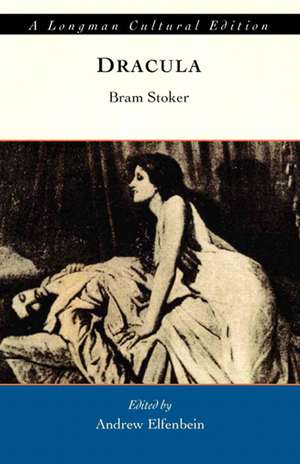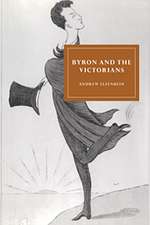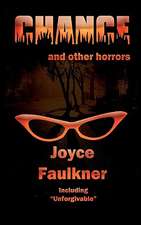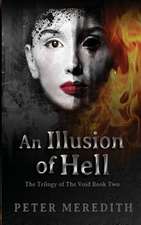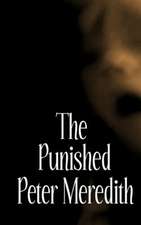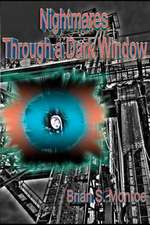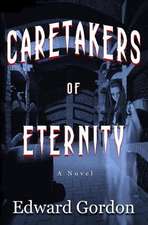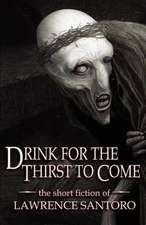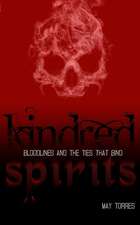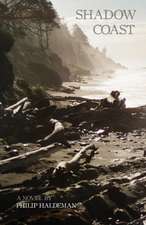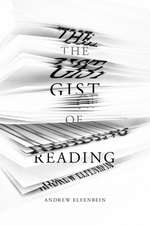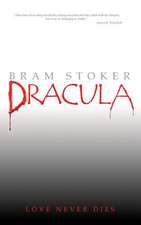Dracula: Longman Cultural Editions
Autor Bram Stoker, Andrew Elfenbeinen Limba Engleză Paperback – 30 sep 2010
Preț: 302.47 lei
Nou
Puncte Express: 454
Preț estimativ în valută:
57.88€ • 60.43$ • 47.90£
57.88€ • 60.43$ • 47.90£
Carte disponibilă
Livrare economică 15-29 martie
Preluare comenzi: 021 569.72.76
Specificații
ISBN-13: 9780205632633
ISBN-10: 0205632637
Pagini: 436
Dimensiuni: 168 x 215 x 24 mm
Greutate: 0.52 kg
Ediția:1
Editura: Longman Publishing Group
Seria Longman Cultural Editions
Locul publicării:New York, United States
ISBN-10: 0205632637
Pagini: 436
Dimensiuni: 168 x 215 x 24 mm
Greutate: 0.52 kg
Ediția:1
Editura: Longman Publishing Group
Seria Longman Cultural Editions
Locul publicării:New York, United States
Descriere
From Longman's Cultural Edition series, this new edition of Dracula, edited by Andrew Elfenbein, recovers the cultural complexity of Bram Stoker's novel and offers a wide array of contextualizing documents, including contemporary reviews and articles about Eastern Europe, science, gender, and media. Rather than tracing Dracula through all his later incarnations, this edition offers ways to understand the late Victorian origins of Bram Stoker’s remarkable book. While Dracula never simply reflects contemporary trends, reading it with knowledge of contemporary events and debates can clarify what may otherwise seem puzzling. Throughout, Stoker emphasizes that his vampire story takes place not in a hazy, fictional past, but in a sharply realized England of the 1890s. The materials in the sections of Cultural Contexts illuminate the references to Victorian culture in Stoker’s version of this seemingly timeless story.
Cuprins
List of Illustrations
About This Edition
Introduction
Table of Dates
Dracula (1897)
Appendix: “Dracula’s Guest”
Contexts
Victorian Reviews of Dracula
The Athenaeum
Belfast News-Letter
The Bookman
Daily News
The Era
Freeman’s Journal and Daily Commercial Advertiser
Hampshire Telegraph and Sussex Chronicle
Lloyd’s Weekly Newspaper
National Magazine
New York Tribune
Pall Mall Gazette
The Spectator
Times (London)
Times (Washington)
Eastern Europe
Charles Boner, from Transylvania: Its Products and its People
Edmund Cecil Johnson, from On the Track of the Crescent: Erratic Notes from Piraeus to Pesth
Emily Gerard, from “Transylvanian Superstitions”
Gender
[Anon.], from “The Age of Woman”
Sarah Grand. From “The Modern Girl”
Science
Max Nordau, from Degeneration.
Havelock Ellis, from The Criminal
Daniel Hack Tuke, from Sleep-Walking and Hypnotism
William Aitken, from The Science and Practice of Medicine
Media
James L. Andem, from A Practical Guide to the Use of the Edison Phonograph
C. L. McCluer Stevens, from “The Evolution of the Typewriter”
Thomas Allen Reed, from A Biography of Isaac Pitman (Inventor of Phonography)
Works Cited in the Notes
Further Reading and Viewing
About This Edition
Introduction
Table of Dates
Dracula (1897)
Appendix: “Dracula’s Guest”
Contexts
Victorian Reviews of Dracula
The Athenaeum
Belfast News-Letter
The Bookman
Daily News
The Era
Freeman’s Journal and Daily Commercial Advertiser
Hampshire Telegraph and Sussex Chronicle
Lloyd’s Weekly Newspaper
National Magazine
New York Tribune
Pall Mall Gazette
The Spectator
Times (London)
Times (Washington)
Eastern Europe
Charles Boner, from Transylvania: Its Products and its People
Edmund Cecil Johnson, from On the Track of the Crescent: Erratic Notes from Piraeus to Pesth
Emily Gerard, from “Transylvanian Superstitions”
Gender
[Anon.], from “The Age of Woman”
Sarah Grand. From “The Modern Girl”
Science
Max Nordau, from Degeneration.
Havelock Ellis, from The Criminal
Daniel Hack Tuke, from Sleep-Walking and Hypnotism
William Aitken, from The Science and Practice of Medicine
Media
James L. Andem, from A Practical Guide to the Use of the Edison Phonograph
C. L. McCluer Stevens, from “The Evolution of the Typewriter”
Thomas Allen Reed, from A Biography of Isaac Pitman (Inventor of Phonography)
Works Cited in the Notes
Further Reading and Viewing
Notă biografică
Andrew Elfenbein is the Morse-Alumni Distinguish Teaching Professor of English at the University of Minnesota. He works on 18th- and 19th-century British literature, gender and sexuality studies, the history of English, and cognitive approaches to reading.
Caracteristici
- The Cultural Contexts section on Eastern Europe features three of Stoker’s most important sources: works by Charles Boner, Edmund Cecil Johnson, and Emily Gerard, whose “Transylvanian Superstitions” was a key inspiration.
- The section on gender highlights the controversies swirling aroun the "New Woman," whose increasingly aggressive claim to a role in society was disturbing many while energizing others.
- Characters in Dracula look to science for answers to explain the psychology and behavior of Renfield, Dracula, and even each other. The section on science excerpts several of the most relevant texts: works on degeneration and criminality by Nordau and Ellis; on hypnosis by Hack Tuke; and on homicidal mania by Aitken.
- Dracula’s contemporaneity is nowhere more evident than in its involvement with new technology, from Harker’s Kodak camera to Mina’s traveling typewriter to Seward’s phonograph. Excerpts from handbooks and articles on the phonograph, the typewriter, and shorthand, will help you visualize just what the characters are describing and using.
- Longman Cultural Editions include both primary texts of major writers and contemporaneous material that contextualizes those texts, including reviews, critical essays, responses, and newspaper and magazine articles.
- Longman Cultural Editions can be purchased individually, or a single volume can be packaged at no additional cost with The Longman Anthology of British Literature.
